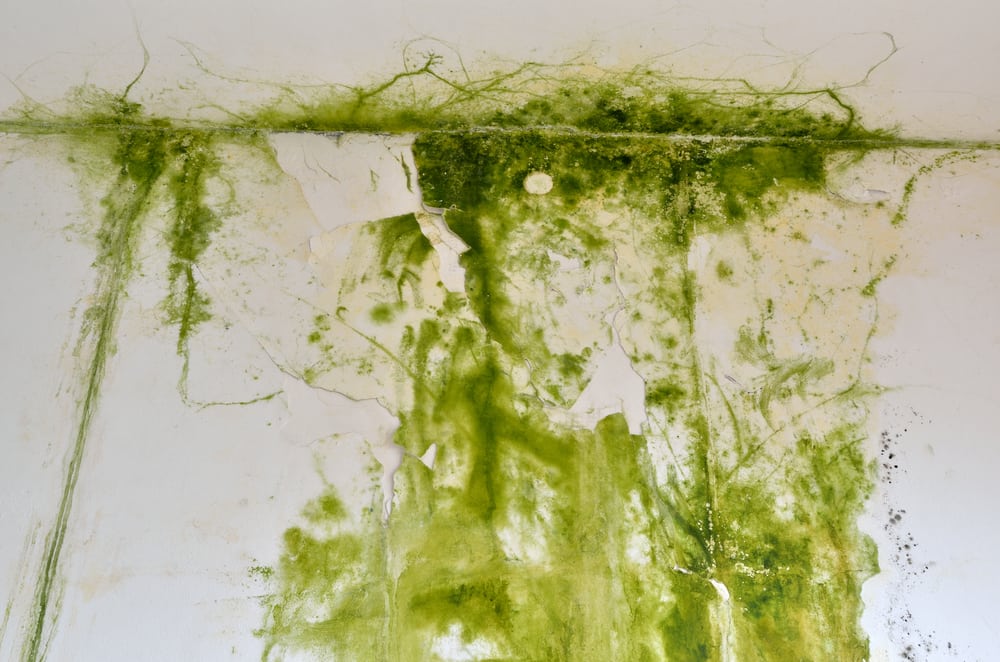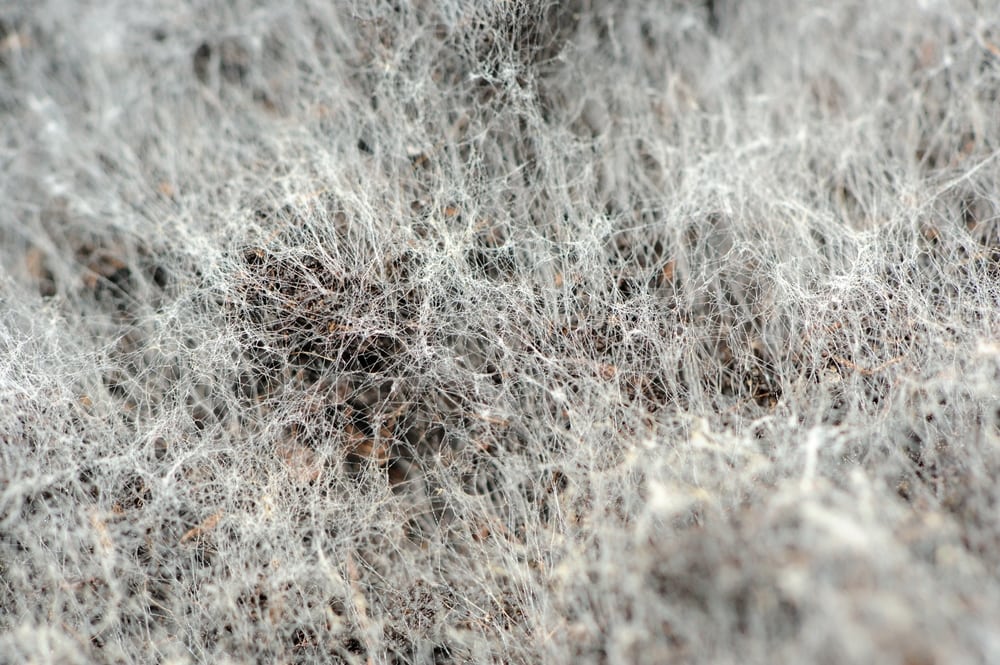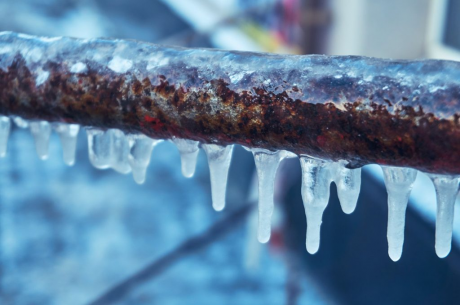Mold comes in many textures, shapes, and colors, but all molds share a few things in common. Molds thrive in moisture, feed on organic materials, and can negatively impact your health. Green mold is no exception. If you’ve ever spotted fuzzy green patches on walls, ceilings, or food and wondered, “Is this dangerous?”, our green mold experts are here to help explain what you’re dealing with and why quick action matters.

What Is Green Mold?
Green mold isn’t a single type of fungus but rather a general term for several mold species that appear green in color. These molds can look soft, fuzzy, or powdery, and often have different shades of green — ranging from pale moss to deep forest tones. You’ve likely seen green mold growing on bread, fruits, or other food items, but it can also thrive on damp household surfaces such as drywall, carpet, and wood.
According to our green mold experts, the three most common species that produce green growth in homes are Cladosporium, Aspergillus, and Penicillium:
- Cladosporium often appears olive-green and typically grows on plants, wood, or indoor surfaces like walls, cabinets, and carpets.
- Aspergillus, a common indoor mold, thrives on moisture-rich materials such as insulation, dust, or old food. It’s frequently found in basements and bathrooms where humidity lingers.
- Penicillium, recognizable for its bluish-green color, is the same mold family used to make antibiotics. However, our green mold experts warn that certain strains can produce harmful mycotoxins that affect humans and pets.
While these molds are most often green, they can appear in other colors, including blue or black. Because mold color alone doesn’t confirm its species, the green mold experts at PuroClean recommend professional testing when you need precise identification.

Is Green Mold Dangerous?
Many homeowners assume black mold is the only dangerous type, but our green mold experts emphasize that all molds can be hazardous to both property and health. Green mold may look less alarming than black mold, but prolonged exposure can lead to similar respiratory problems, allergies, and irritation. People with asthma, compromised immune systems, or chronic sinus issues are especially vulnerable.
Green mold often forms in areas where water damage has occurred, such as crawl spaces, basements, bathrooms, attics, laundry rooms, and around houseplants. It can also spread through HVAC systems, closets, or carpets. Once established, mold releases spores into the air, which can easily spread to new surfaces.

Our green mold experts strongly advise that any visible mold should be removed immediately and not simply cleaned with household products. DIY attempts often leave behind hidden colonies that continue to grow. Instead, trust experienced green mold experts who can locate the source of moisture, safely remove contamination, and ensure proper drying to prevent recurrence.
How PuroClean’s Green Mold Experts Can Help
If you’ve discovered mold in your home, it’s important to act fast. The green mold experts at PuroClean specialize in identifying, containing, and eliminating mold infestations using professional remediation techniques. We begin with a comprehensive inspection to assess the extent of the damage, followed by advanced cleaning and dehumidification methods that remove both visible and hidden mold.
Our green mold experts don’t just treat the symptoms, they target the underlying cause of moisture to ensure your property stays mold-free. With state-of-the-art equipment, HEPA filtration systems, and industry-certified training, PuroClean’s green mold experts deliver lasting results while prioritizing your health and safety.
Green mold can affect your indoor air quality, your home’s structure, and your well-being. If you notice mold growth or signs of musty odors, contact our green mold experts at PuroClean of Linwood today. We’re available 24/7 to provide professional remediation, moisture control, and complete property restoration.

Call the green mold experts at PuroClean of Linwood today at 336-776-3630 to discuss remediation.



